CT Aerospace Industry Seeking Strong Presence at International Airshow
/Described as “the largest industry event on the aerospace calendar,” the Farnborough International Airshow, to be held in mid-July in Great Britain, boasts more than 1500 exhibitors from more than 50 countries. Among them will be a contingent from the State of Connecticut, if the state’s aerospace industry suppliers step up and sign on. At the most recent Farnborough show, in 2016, $14.5 million in sales was reported by Connecticut exhibitors.
The State Department of Economic and Community Development (DECD) and the Connecticut Center for Advanced Technology (CCAT) have invited Connecticut aerospace manufacturers to participate in promoting the state’s world-class aerospace industry at the upcoming show, July 16-22, 2018. Exhibit space is available on a first-come, first-served basis, with the cost per exhibit set at $11,000.
An anticipated 73,000 industry professionals “from across the globe and a range of aerospace sectors” are expected, including “key global influencers plus the latest thought leadership and industry insight,” according to organizers. Farnborough’s news network will run a series of talks, panel discussions and seminars, and high-profile keynote speakers “will challenge current perceptions and provide ideas for the future.” Among the featured sessions will be “meet the buyer,” described as a structured approach to putting sellers in front of targeted buyers.
The biennial event is widely recognized for its role in connecting the worldwide aerospace market. It has traditionally been a backdrop for the announcement of multi-billion dollar deals, and for the launch of major innovations.
The state’s exhibit space is to include a prime location in the U.S. Pavilion, with Connecticut companies to receive allocated space to display graphics, literature and parts; pre-arranged B2B meetings at discount price; access to the U.S. Exhibitors Lounge and meeting rooms; company listing in two show directories and logistical support prior to the show and on-site.
Among the participating companies is Connecticut Coining, based in Bethel, a leading manufacturer of deep-drawn metal parts used in aerospace, medical, defense and high voltage tubes. The 50-year-old company includes among its customers industry leaders manufacturing bellows, joints, bleed, duct (anti-ice, telescopic) assemblies as well as silencers, and crossover & oil cooler systems.
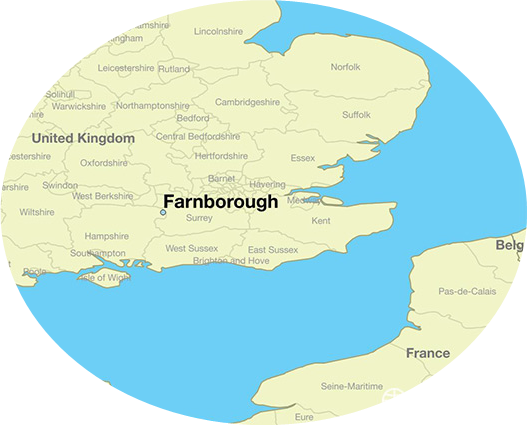 Satisfied Connecticut companies in 2016 include Windsor-based Aero Gear: “I have been trying to get a foot in the door with Rolls Royce for years. This air show allowed me to make the contacts necessary to develop them into a customer. The show was a home-run for Aero Gear,” said Doug Rose, who founded the company in 1982, developing expertise in the design, engineering and manufacturing of gears and gearbox assemblies for the global aerospace industry.
Satisfied Connecticut companies in 2016 include Windsor-based Aero Gear: “I have been trying to get a foot in the door with Rolls Royce for years. This air show allowed me to make the contacts necessary to develop them into a customer. The show was a home-run for Aero Gear,” said Doug Rose, who founded the company in 1982, developing expertise in the design, engineering and manufacturing of gears and gearbox assemblies for the global aerospace industry.
Countries including Mexico, Turkey and the U.S. will be vying for business alongside a significant European presence from Germany, France and Spain as well as the U.K. Organizers say the 2018 edition will see the largest presence yet from China, with 70 per cent growth in participation since the 2016 show. Japan has increased its presence with a second Pavilion, joining Malaysia, Korea and Indonesia representing Asia. It all comes just weeks after escalations in tensions among the world’s leading industrialized nations, reflected in the G7 meeting in Canada last week.


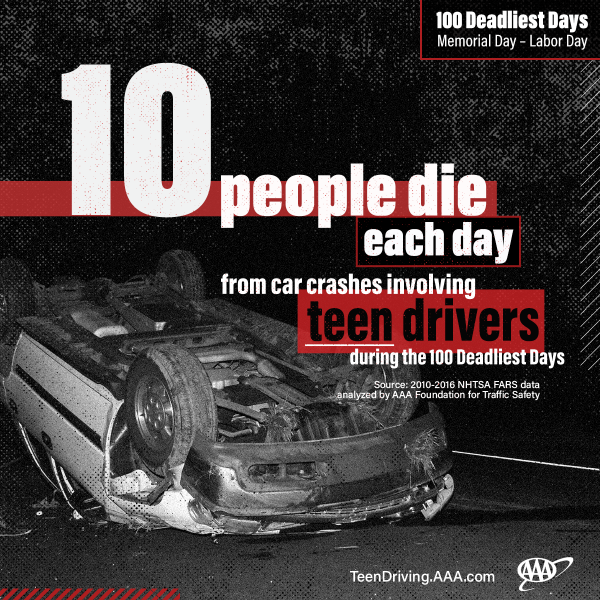
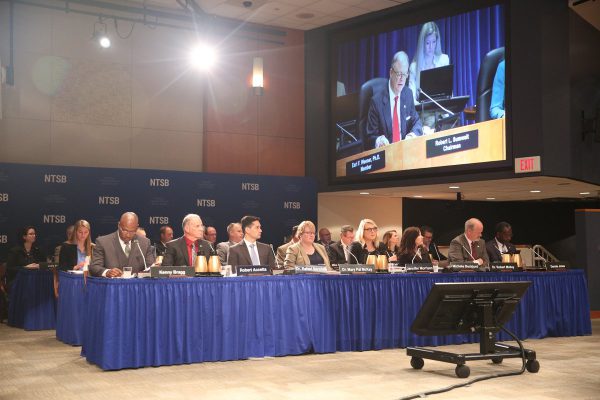
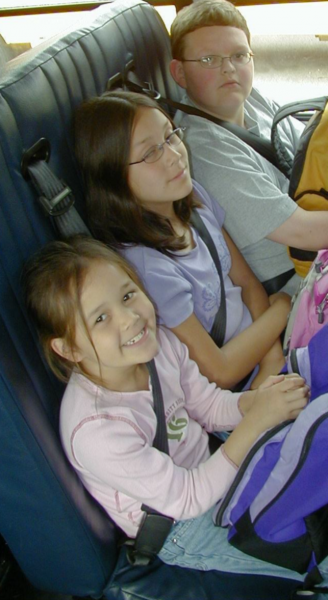
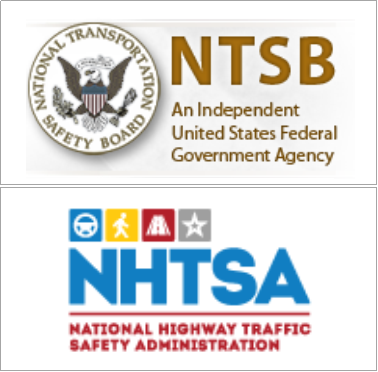

 If you have a sense that reports of hit-and-run accidents have increased in frequency, you’re correct.
If you have a sense that reports of hit-and-run accidents have increased in frequency, you’re correct. In all states, it’s the drivers legal and moral responsibility to avoid hitting pedestrians, bicyclists, or another vehicle; and leaving a crash scene significantly increases the penalties, whether or not the driver caused the crash, AAA emphasized.
In all states, it’s the drivers legal and moral responsibility to avoid hitting pedestrians, bicyclists, or another vehicle; and leaving a crash scene significantly increases the penalties, whether or not the driver caused the crash, AAA emphasized.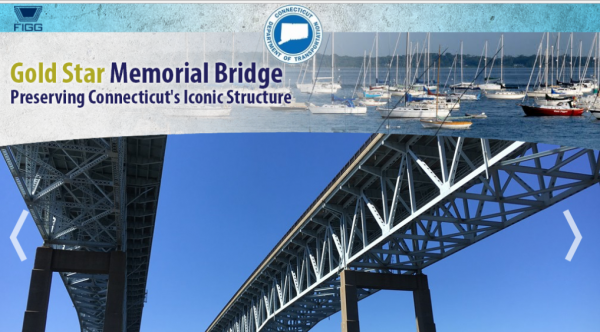 The Gold Star Memorial Bridge, described as “Connecticut’s most iconic structure,” is the largest bridge in the State of Connecticut. It is 6,000 feet long and over 150 feet tall at the center span. The bridge is actually a pair of steel truss bridges that span over the Thames River, between New London and Groton, according to the project website.
The Gold Star Memorial Bridge, described as “Connecticut’s most iconic structure,” is the largest bridge in the State of Connecticut. It is 6,000 feet long and over 150 feet tall at the center span. The bridge is actually a pair of steel truss bridges that span over the Thames River, between New London and Groton, according to the project website.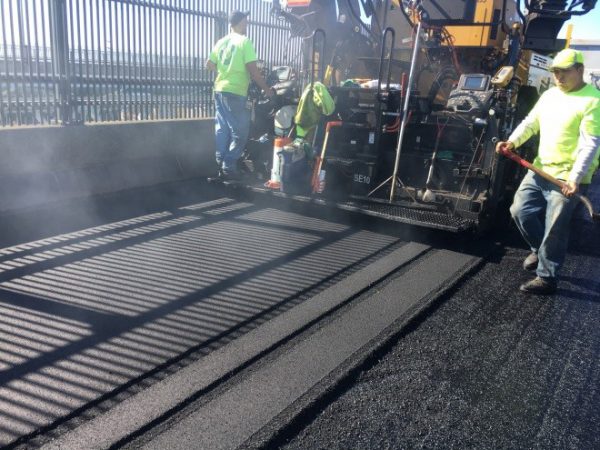
 “Repairs and maintenance of the bridge’s structural steel includes steel girder end repairs, bolt replacements, and bearing replacement and maintenance. Repairs to the substructure include concrete repairs and crack sealing,” the website explains.
“Repairs and maintenance of the bridge’s structural steel includes steel girder end repairs, bolt replacements, and bearing replacement and maintenance. Repairs to the substructure include concrete repairs and crack sealing,” the website explains.
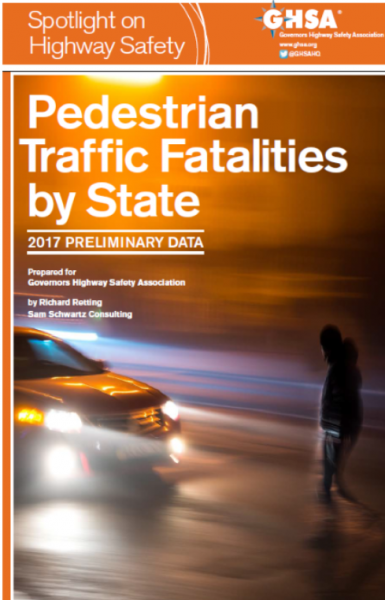
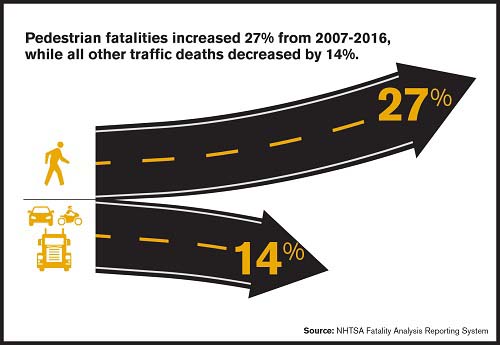 The total number of multimedia messages sent has more than tripled since 2010. The report also suggests a possible link with marijuana use. According to the report, the seven states (Alaska, Colorado, Maine, Massachusetts, Nevada, Oregon, Washington) and DC that legalized recreational use of marijuana between 2012 and 2016 reported a collective 16.4 percent increase in pedestrian fatalities for the first six months of 2017 versus the first six months of 2016, whereas all other states reported a collective 5.8 percent decrease in pedestrian fatalities.
The total number of multimedia messages sent has more than tripled since 2010. The report also suggests a possible link with marijuana use. According to the report, the seven states (Alaska, Colorado, Maine, Massachusetts, Nevada, Oregon, Washington) and DC that legalized recreational use of marijuana between 2012 and 2016 reported a collective 16.4 percent increase in pedestrian fatalities for the first six months of 2017 versus the first six months of 2016, whereas all other states reported a collective 5.8 percent decrease in pedestrian fatalities.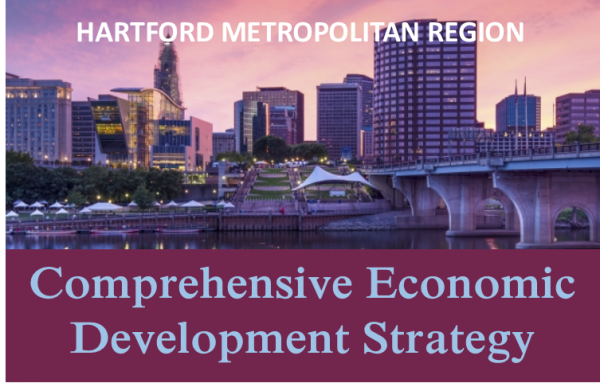

 “There is only one way our region will achieve equitable and sustainable economic growth. We must eschew the past squabbles and divisions that have kept us mired in anemic progress,” said Jay Williams, president of the Hartford Foundation and co-chair of the CEDS Advisory Committee. “If we commit to a bold, collaborative, and pragmatic approach, we can develop a roadmap to capitalize on the enormous talent and multiple assets our region possesses. I’ve seen the success of this approach in other parts of the country and there is absolutely no reason it can’t occur here, unless we lack the collective will to make it happen.”
“There is only one way our region will achieve equitable and sustainable economic growth. We must eschew the past squabbles and divisions that have kept us mired in anemic progress,” said Jay Williams, president of the Hartford Foundation and co-chair of the CEDS Advisory Committee. “If we commit to a bold, collaborative, and pragmatic approach, we can develop a roadmap to capitalize on the enormous talent and multiple assets our region possesses. I’ve seen the success of this approach in other parts of the country and there is absolutely no reason it can’t occur here, unless we lack the collective will to make it happen.”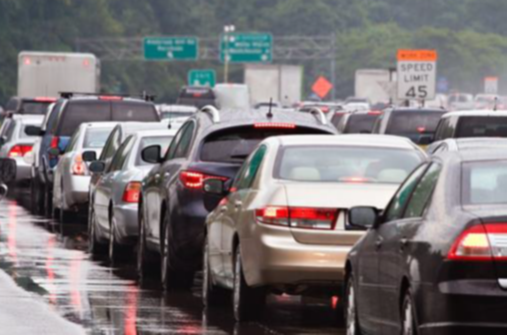

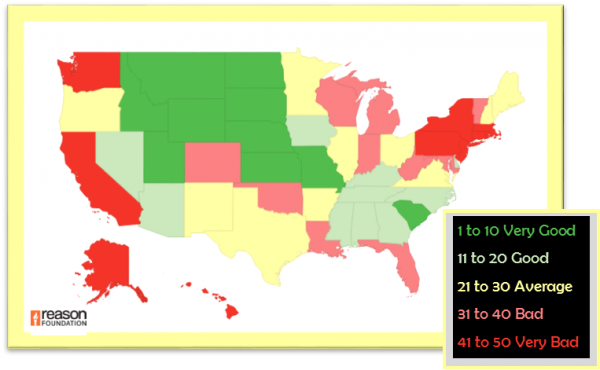 Reason Foundation’s Annual Highway Report ranks the performance of state highway systems in 11 categories, including spending per mile, pavement conditions, deficient bridges, traffic congestion, and fatality rates. At the bottom were New Jersey, Rhode Island, Alaska, Hawaii and Connecticut. Topping the list were North Dakota, Kansas, South Dakota, Nebraska, South Carolina and Montana. New York and Massachusetts were also in the bottom ten, ranked just above Connecticut.
Reason Foundation’s Annual Highway Report ranks the performance of state highway systems in 11 categories, including spending per mile, pavement conditions, deficient bridges, traffic congestion, and fatality rates. At the bottom were New Jersey, Rhode Island, Alaska, Hawaii and Connecticut. Topping the list were North Dakota, Kansas, South Dakota, Nebraska, South Carolina and Montana. New York and Massachusetts were also in the bottom ten, ranked just above Connecticut. The report also considered costs related to state roads and bridges.
The report also considered costs related to state roads and bridges.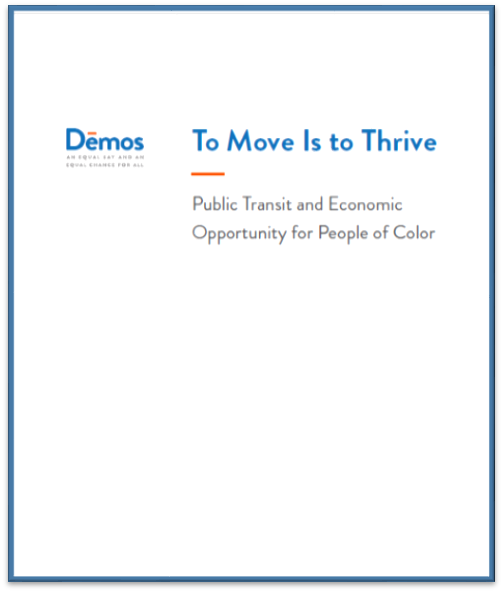
 The key findings on the jobs benefits from investment in public transit are:
The key findings on the jobs benefits from investment in public transit are:




























